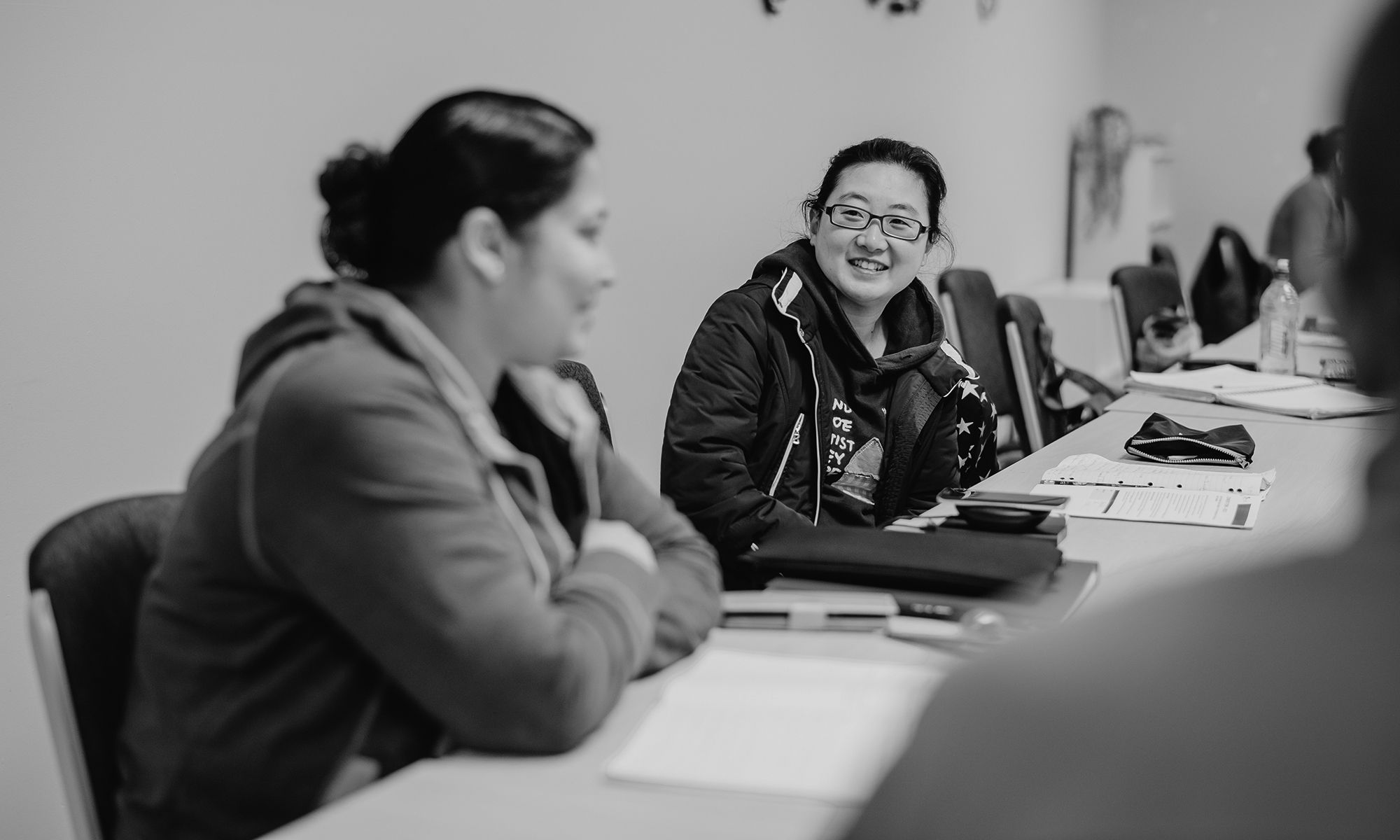Author: Tracey Ollis, Karen Starr, Cheryl Ryan, Jennifer Angwin and Ursula Harrison
Deakin University
Edition: Volume 57, Number 1, April 2017
Summary: Neighbourhood Houses in Victoria are significant sites of formal and informal education for adult learners. Intrinsically connected to local communities they play an important role in decreasing social isolation and building social inclusion. The focus of this research is on adult learners and adult learning that engages with ‘second chance’ learners who participate in adult learning programs in the Barwon and South West regions of Victoria. The greater Geelong region is characterised by declining car automotive and textile manufacturing industries and emerging new industries such as hospitality and tourism. The data from the research participants in the study include career changers, long term and recently unemployed, newly arrived and migrant communities, young people and older adults. This paper focuses on the learning practices of second chance learners who frequently have negative perceptions of themselves as unsuccessful learners, but are transformed through their learning experiences in Neighbourhood Houses. We argue the unique social space of the Neighbourhood House, the support and guidance offered by staff and teachers, the unique pedagogy and small group learning experiences, allows adult learners to reconstruct a new identity of themselves as successful learners.
Keywords: informal learning, formal learning, adult education, ACE, VET, training reform, Neighbourhood Houses
![]()
![]()
![]()
![]() Share a copy of this abstract.
Share a copy of this abstract.
This article is part of AJAL, Volume 57_1. The entire volume is available in .pdf for purchase here.
